Introduction of Panamanian Poquet boquete coffee beans and roses summer flavor and taste varieties
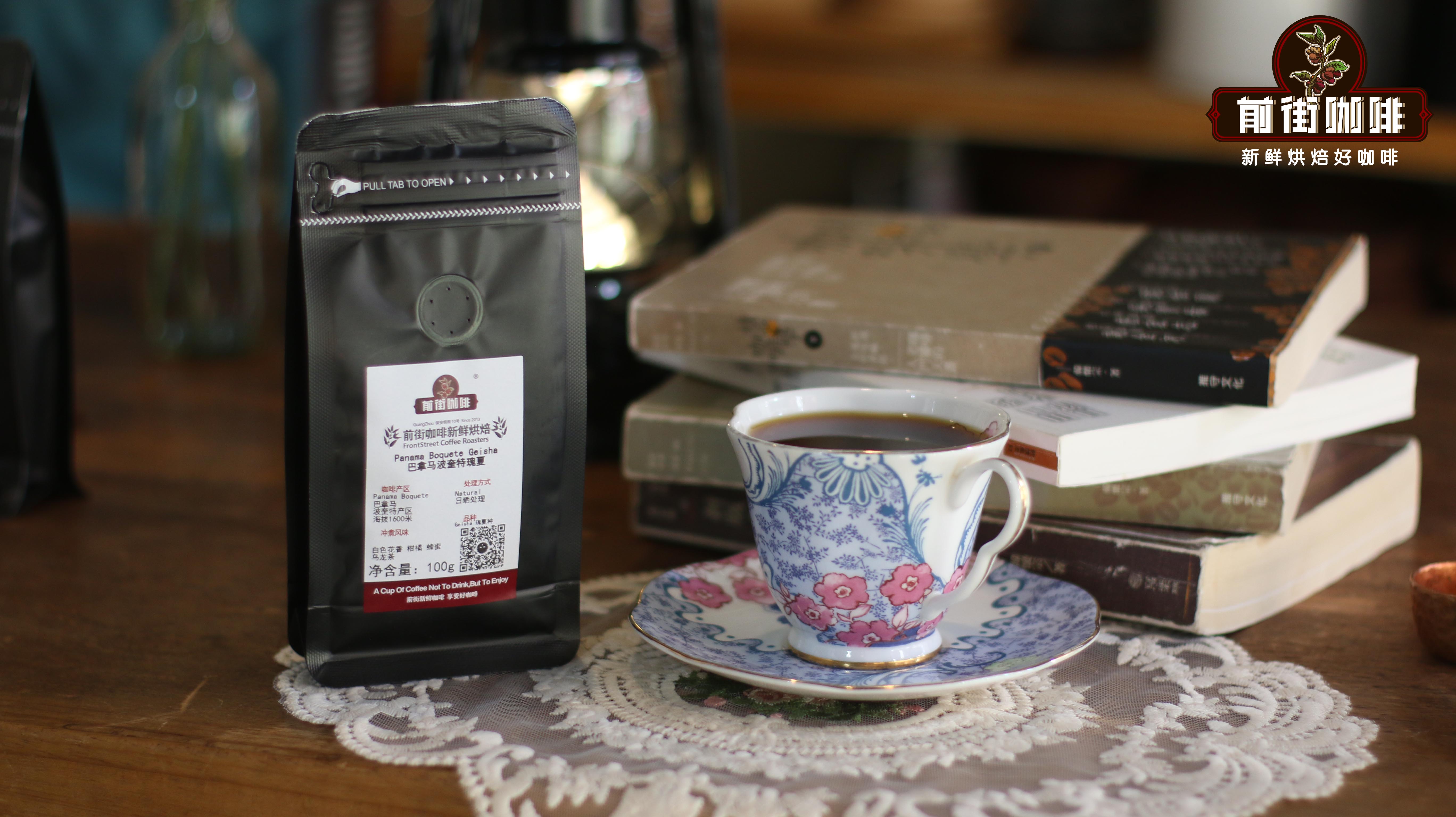
When it comes to rosy summer coffee, the first thing that comes to mind is the rosy summer of the jadeite estate in Panama, which is "ceiling" in terms of flavor and price. Therefore, many people say that it is too expensive to drink! On the front street bean list, there is a rose summer coffee bean from the famous Pokuit producing area of Panama, which is washed with water, with the unique orange honey rhyme of rose summer, so that friends who are curious about the flavor of rose summer can also taste the "legendary taste".
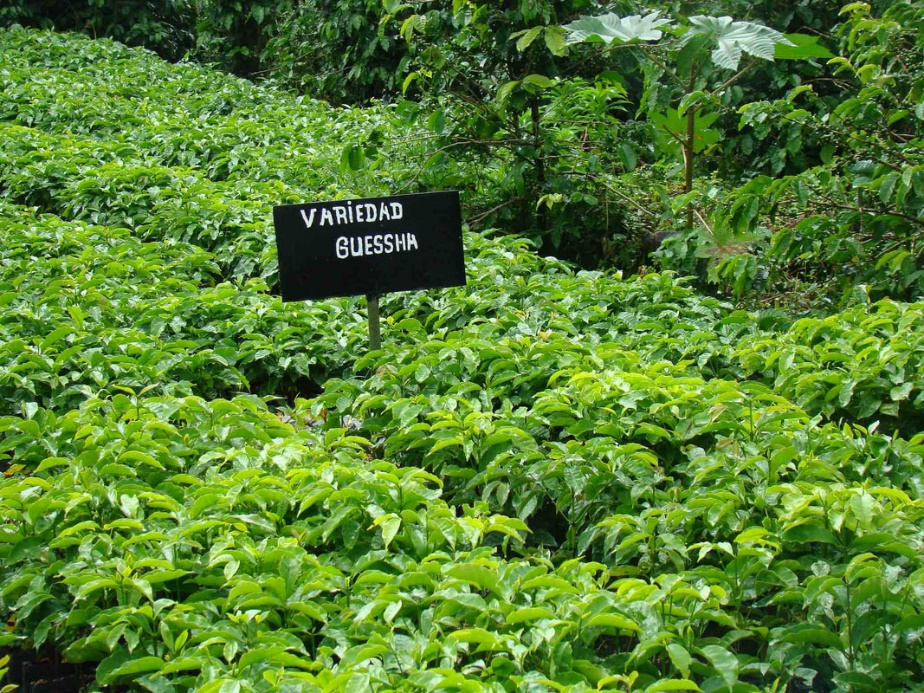
Compared with other Arabica varieties, the rose variety not only has low fruit yield, but also has a particularly fragile plant, and is also very picky about the growing environment. It needs high altitude, fertile soil, clouds or plant shade, not direct exposure. The foliar system of Rosa coffee tree is very thin, that is to say, the efficiency of photosynthesis is very low, the root is still very fragile, and the absorption of water and nutrients is very slow, so the yield of coffee is very low, coupled with the high altitude growth environment, the fruit ripens later. The fruit yield of a rose summer coffee tree is only half that of the Kaddura variety, which is one of the reasons why rose summer is so valuable. The higher the altitude is, the longer the ripening time of coffee fruit is, and the more complex and unique the flavor is.
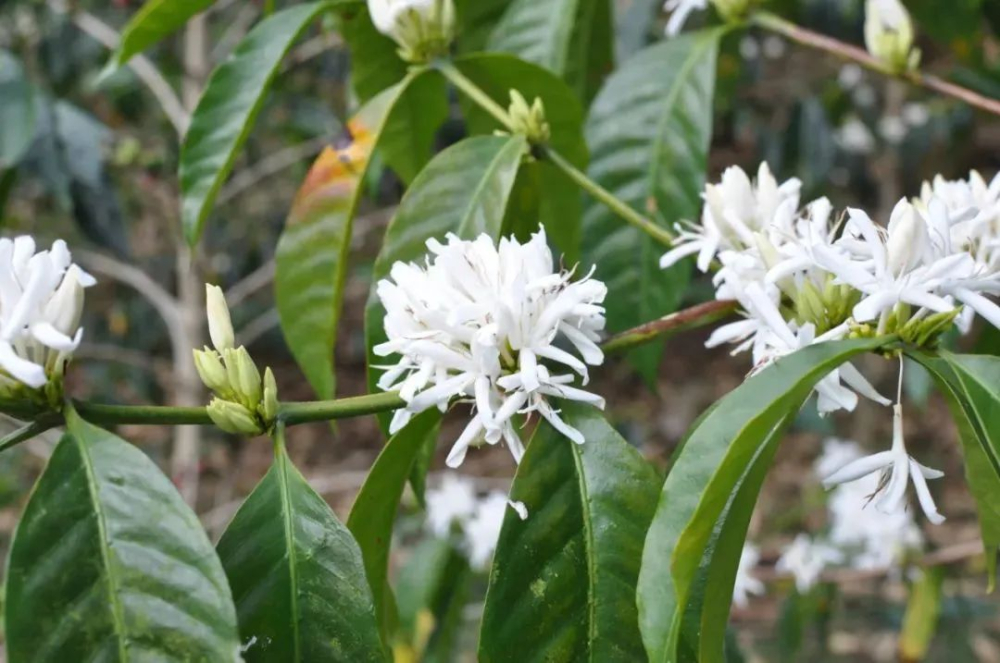
A town in Chiriki province of Panama, near the plateau about 1000-2000 m east of Mount Baru, facing the warm and humid Caribbean monsoon and the cold Atlantic current on the back, with high and steep mountains. Balu Volcano Park is an ecological reserve with rich biodiversity and seven microclimates. Coupled with the year-round mist and abundant rainfall, Baru Volcano Park creates excellent conditions for planting plants. Thanks to the unique local conditions, the Rose Summer Coffee here absorbs all kinds of essence and transforms into elegant flowers and fruits with changeable acidity. Naturally, it also frequently appears in various competitions to get excellent rankings. After Rosa became famous, various producing areas began to compete for introduction and planting, but even if it is the same variety, different local climate will produce different quality and flavor of coffee. Qianjie Coffee believes that Panama as a famous place of Rose Summer, mature planting techniques and processing techniques to produce Rosa Coffee is still the word-of-mouth guarantee of the industry. Therefore, compared with the rosy summer batches of well-known coffee farms, Qianjie Pokuit Rose Summer Coffee beans mainly emphasize the "regional flavor" of Rose Summer in large producing areas.

As one of the most traditional methods of raw bean treatment, water washing not only makes the quality of coffee production more stable, but also makes Rosa Rosa more clean and fresh. After baking, Qianjie feels the elegant white flower aroma of rose summer, rising citrus and lemon acidity, with a slight flavor of green tea, as if drinking a cup of soft Tieguanyin tea. When dealing with raw beans, first put the screened coffee cherries into the peeling machine to remove their skin and flesh; put the coffee beans with residual pectin in the water and let them ferment for about 24 hours; after fermentation, put the raw coffee beans with parchment into a flow tank to remove their pulp and pectin; dry the coffee beans after cleaning or dry them with the help of a dryer to reduce the moisture content to about 12%. Finally, remove the parchment of raw coffee beans.
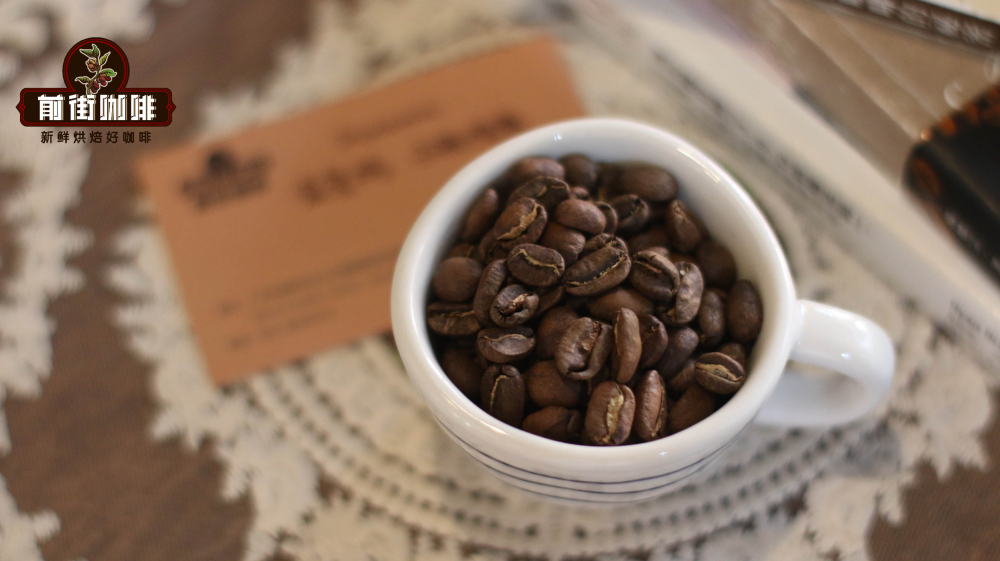
The flavor of Rosa Coffee is famous for its rich floral aromas and complex fruit flavors. Qianjie roasters want to retain more high quality acidity, so they choose medium-to-light roasting (slight adjustments will be made in different batches). This baking degree does not change the high hardness of beans at high altitude, so it is necessary to improve the extraction rate in cooking to show a fuller flavor level. Higher water temperature and finer grinding will be used here to stimulate more aromatic substances, and Qianjie hopes that the flavor of Rose Summer Coffee will be clearer, so it will increase the proportion of powder to water at 1:16.
The flavor description of each coffee on the front street is based on freshly roasted beans. If the beans have been stored for more than a month, the aroma is likely to have been lost and it is difficult to restore when brewed. Qianjie is also well aware of the importance of freshness, so it will ensure that only coffee beans freshly roasted within 5 days are shipped, so that everyone can enjoy the most complete taste period when they receive it. The following front street demonstrates the cooking steps of Panamanian Pokuit roses produced by the store. You can refer to and compare your own cooking ideas.
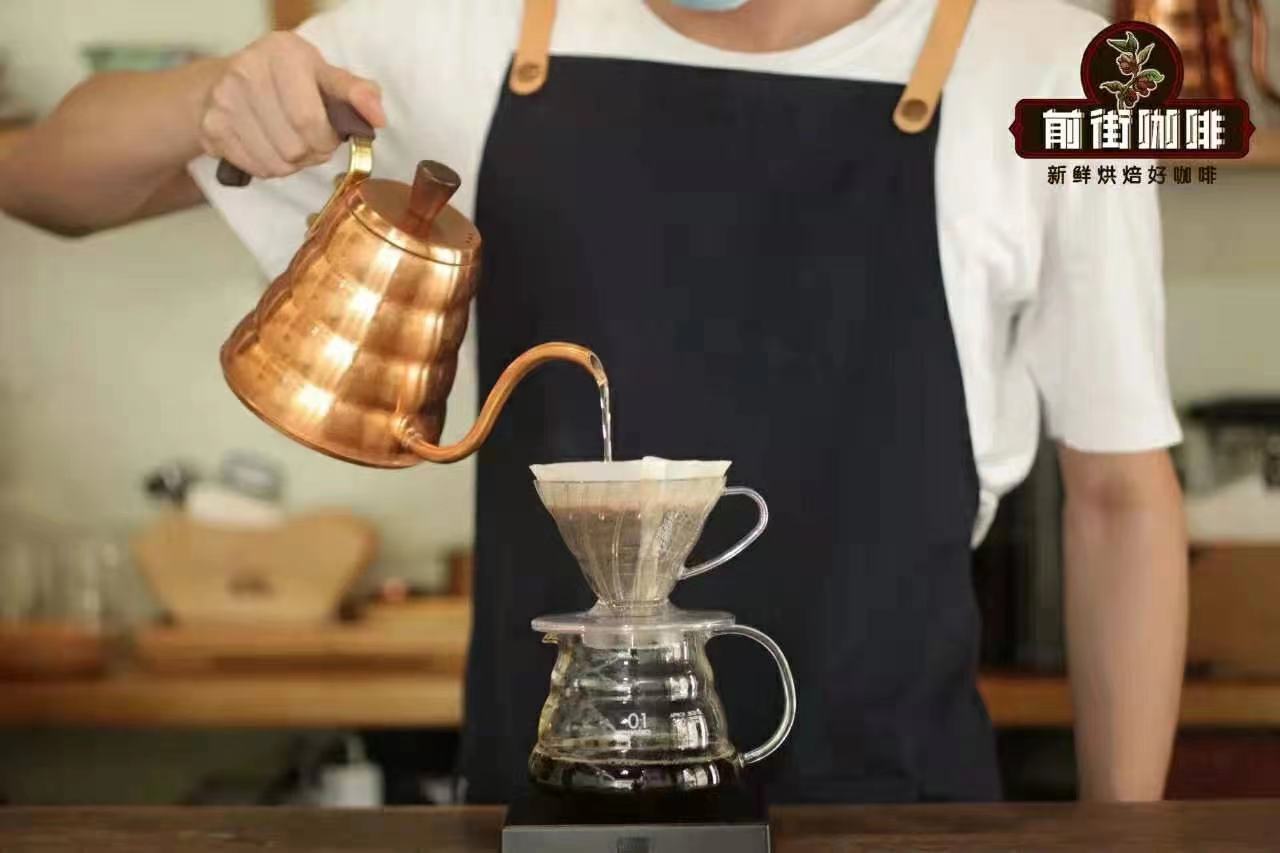
The parameters for hand brewing of Pokuit Rosa Coffee are as follows: filter cup: V60, water temperature: 91-92 degrees Celsius, powder content: 15g, powder-water ratio: 1:16, grindness: fine sugar size (20 sieve bowl sieve powder to 80%)
Three-stage extraction: fold the filter paper and stick it with the filter cup, wet the filter paper with a small amount of water and make them fit better, pour out the water from the pot. Then pour in the coffee powder and gently pat to let the powder layer distribute evenly. The first stage is gently injected with 30 grams of water for steaming for 30 seconds, and the second stage is injected with about 125 grams of water to circle evenly and smoothly outward. Then wait for the coffee liquid to drop, drop to half, inject the last section of water to 225 grams, wait for the coffee to fall behind, the general total extraction time is about 2 minutes.
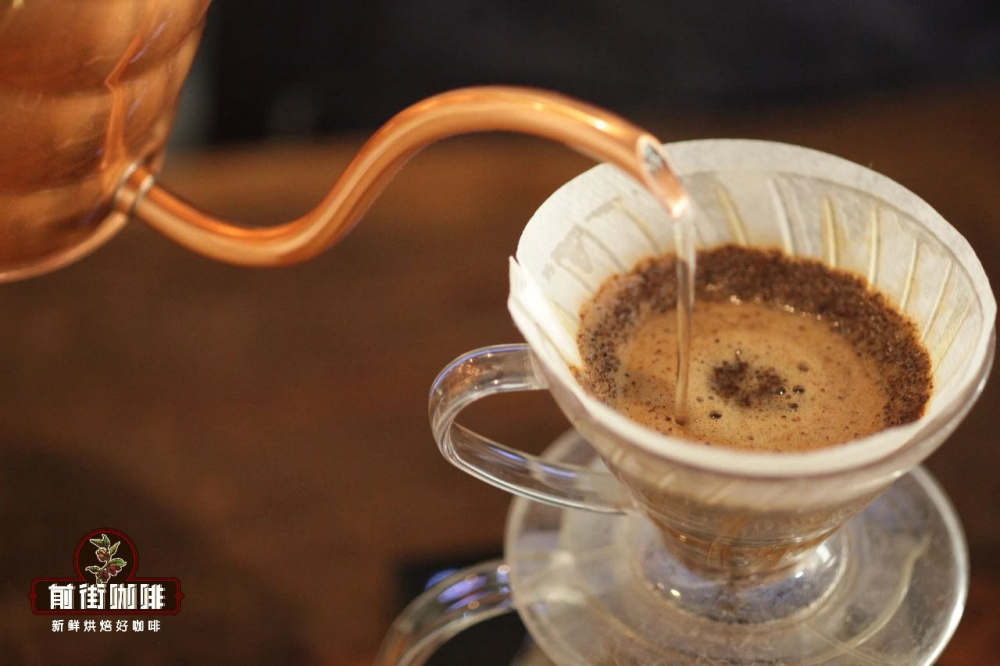
The hand-washed Panamanian rosy summer coffee has a clear acidity of citrus, lemon and bergamot, with a creamy and smooth taste when swallowed, with the sweetness of green tea and honey at the end.
Professional coffee knowledge exchange more coffee bean information please follow the coffee workshop (Wechat official account cafe_style)
For more boutique coffee beans, please add private Qianjie coffee on Wechat. WeChat account: qjcoffeex
Important Notice :
前街咖啡 FrontStreet Coffee has moved to new addredd:
FrontStreet Coffee Address: 315,Donghua East Road,GuangZhou
Tel:020 38364473
- Prev
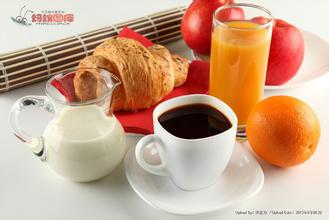
Coffee planting History-introduction to planting conditions and methods
Although Arabs ban the export of coffee seeds, they are indeed very open inside. The first coffee houses known as Kavin Kahn opened in Mecca, and for the first time in human history, anyone who spent a cup of coffee could go in and sit in a comfortable environment to do business and date. Coffee enters Asia. Arabs fail to make coffee.
- Next

How to make the Coffee of Musk Coffee the price of the producing area and the taste characteristics of the manor introduction
Kopi Luwak brewing method step 3, grind coffee, medium thickness, one cup is about 20g, 2 cups is 30g, 3 cups are 40g coffee powder. Step 4: pour the coffee powder into the Kopi Luwak when the water is boiling, gently insert the upper pot into the lower pot, press gently, and when the water rises by about 1 / 2, pour in the coffee powder and gently press down the raised coffee powder after the water boils up.
Related
- Detailed explanation of Jadeite planting Land in Panamanian Jadeite Manor introduction to the grading system of Jadeite competitive bidding, Red bid, Green bid and Rose Summer
- Story of Coffee planting in Brenka region of Costa Rica Stonehenge Manor anaerobic heavy honey treatment of flavor mouth
- What's on the barrel of Blue Mountain Coffee beans?
- Can American coffee also pull flowers? How to use hot American style to pull out a good-looking pattern?
- Can you make a cold extract with coffee beans? What is the right proportion for cold-extracted coffee formula?
- Indonesian PWN Gold Mandrine Coffee Origin Features Flavor How to Chong? Mandolin coffee is American.
- A brief introduction to the flavor characteristics of Brazilian yellow bourbon coffee beans
- What is the effect of different water quality on the flavor of cold-extracted coffee? What kind of water is best for brewing coffee?
- Why do you think of Rose Summer whenever you mention Panamanian coffee?
- Introduction to the characteristics of authentic blue mountain coffee bean producing areas? What is the CIB Coffee Authority in Jamaica?

